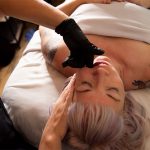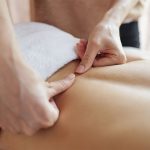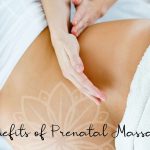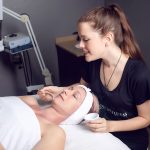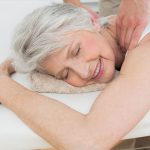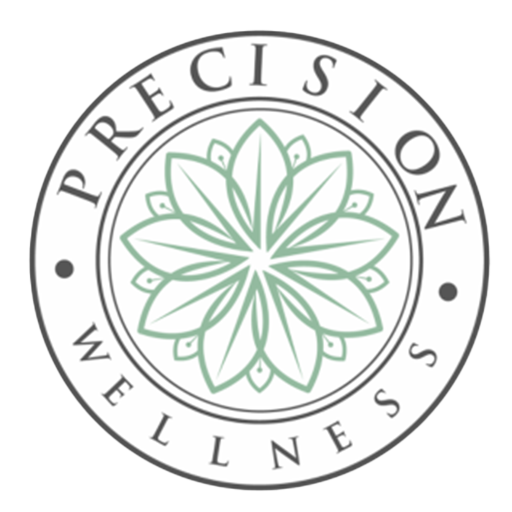Our experiences in life are reflected in our bodies. Our pleasures and pains, the ups and downs of daily life affect the body profoundly, often in ways, we’re not aware of. Stress is more than a household word these days – it’s something everyone feels to one degree or another. Let’s take a look at the mechanics of stress and the role therapeutic massage can play in stress management.
Understanding The Stress Response
Stress is an unconscious and automatic reaction to anything we believe may be threatening to us. In the stress response, the body is primed for fight or flight by messages carried by the sympathetic branch of the nervous system. Whether we are confronted by a mugger in the street or find ourselves in a long line at the bank or a short lunch hour, the effects are the same, impacting all levels – physical, mental, and emotional.
We are at full readiness as our body tenses and our breathing gets shallower and more rapid. There is an increase in heart rate, blood pressure, and adrenaline production, with a corresponding decrease in blood flow to the extremities, digestive function, and immune system activity.
Ideally, this defensive reaction will subside once the situation has resolved, allowing our body to return to its normal state of affairs. We often help this process with some rest, the right exercise, or massage therapy.
However, a person who is frequently under stressful influences will tend to remain locked into a pattern of the stress response, unable to relax or let go. This type of pattern is damaging to the body; as it escalates, it ultimately leads to discomfort or pain and is a contributing factor in most disease processes.
The longer one is in pain, the more likely one will try to block it out. It is at this point that alcohol and drugs often enter the picture. Unfortunately, as one uses substances that deaden the nervous system to reduce the perception of the pain, awareness of oneself and others are reduced in the process.
In Our Everyday Experience
Like driving a car with one foot on the gas and the other on the brake, we experience stress whenever we initiate action and hold it back at the same time. Our ever-obedient muscles try to obey both messages and work against each other.
In the same way, we have our own unique muscular responses to the expression of emotions such as anger, sadness, fear, and exhilaration. We use our muscles to block, control and restrain these strong feelings and our reaction to them. Even though we may be unaware of the amount of tension we store within, it puts extra wear and tear on both mind and body over time.
Maintaining these patterns of chronic tension is like leaving the lights on all night – it takes energy; but once it’s a habit, we no longer recognize it as such. What we do notice are aches, pains, fatigue, headaches, digestive problems, PMS, or a host of other stress-related symptoms. These symptoms are important signals to be heeded, rather than ignored or bypassed. Accumulated stress and tension always diminish the amount of energy and vitality we have to enjoy life, be creative and productive, and strive for better things.
The Relaxation Response
The antidote to stress is known as the relaxation response, which is triggered by the parasympathetic branch of the nervous system. This action sends messages to the body to relax, slow down and take a deep breath: saying in effect, it’s time for rest and healing.
There are a number of ways to promote this response, such as exercise, meditation, listening to calming music, guided visualization, biofeedback, and of course, therapeutic massage.
Massage takes place in a comfortable and safe environment, which is generally away from the source of most stressors. As massage stimulates the relaxation response, muscular tension is released, circulation is increased and sensory receptors are activated. Areas that have been “cut off” by accumulated stress can begin to feel once again. Massage teaches us to tune in to body signals and soothes us at the same time.
All of this results in greater body awareness which can help you to more carefully monitor your own body’s responses and needs. Then you can release tension before it becomes chronic and damaging. Living in a more relaxed and balanced body will enable you to better handle the stresses in your life, and nothing can take you back to that state of well-being more quickly than massage.

